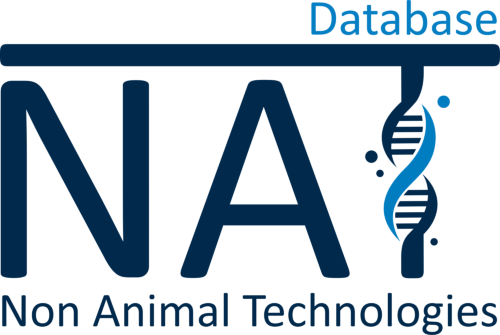Network model to study dopamine and serotonin in the basal ganglia
2015
Indian Institute of Technology Madras, Chennai, India
The basal ganglia have been proposed to contribute to risk-based decision making. However, the computational principles and neural correlates of risk computation are not well-known in this area. In previous studies, a model of reinforcement learning of the basal ganglia was proposed based on the interaction between dopamine, responsible for reward prediction error, and serotonin, related to risk prediction error. Here, the previous model is developed into a detailed network model of the basal ganglia that incorporates anatomical and cellular-level data to evaluate the contributions of dopamine-serotonin interactions in risk and reward-punishment sensitivity. An important feature of this expanded model is that it includes dopamine D1 and D2 co-expressing medium-sized spiny neurons and how dopamine and serotonin mediate their activity. The results show that serotonin has significant modulatory effects on D2 and D1-D2 co-expressing neurons, predicting the diverse functions of serotonin in the basal ganglia in risk sensitivity and reward-punishment learning. Moreover, this model could also predict the impairment of these functions in Parkinson's disease. The researchers show in this study that serotonin might have an important role in reward-punishment learning and could be a potential target to complement dopamine-based therapies in patients with deficits.
A network model of basal ganglia for understanding the roles of dopamine and serotonin in reward-punishment-risk based decision making
V. Srinivasa Chakravarthy
Added on: 09-22-2021
[1] https://www.frontiersin.org/articles/10.3389/fncom.2015.00076[2] https://data.jrc.ec.europa.eu/dataset/a8fd26ef-b113-47ab-92ba-fd2be449c7eb





